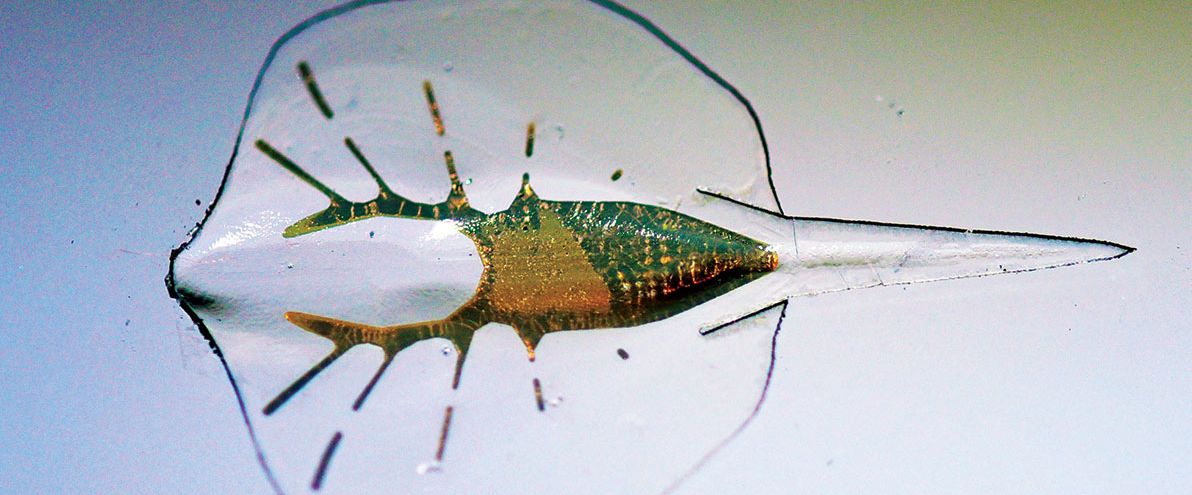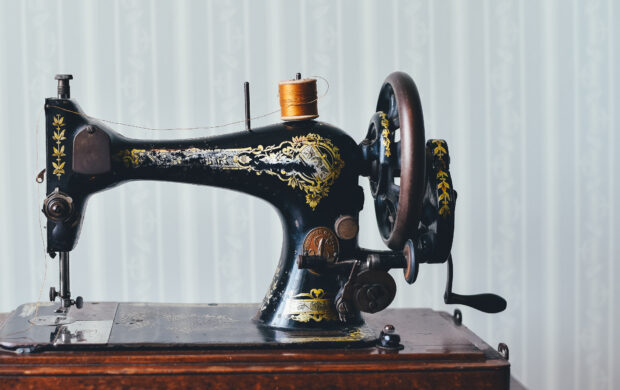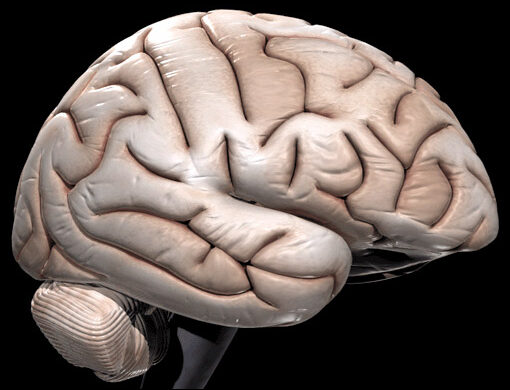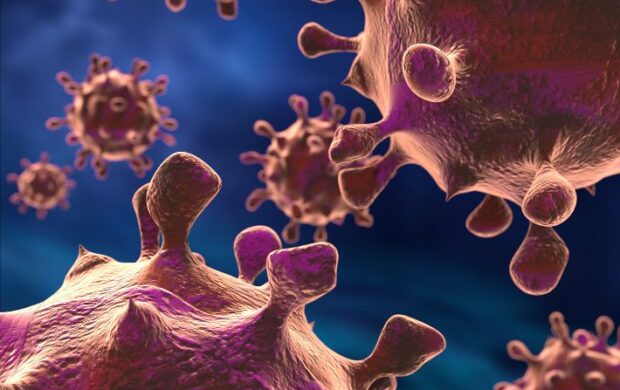One part soft rubber body, one part rat heart cells, and a sprinkle of gold; these are the constituent parts for a new ‘biohybrid’ laser-guided robotic ray, being touted as the world’s first ‘artificial animal’. Demonstrations at Harvard University showed that it was capable of navigating an obstacle course fifteen times its length, guided by a blue laser light.

The ‘tissue-engineered, soft robotic ray’ was developed by an interdisciplinary team of researchers led by Kit Kevin Parker. The team first 3D-printed a soft elastomer body in two parts, sandwiching a middle layer of gold that resembles a skeleton. On top of these layers were grown rat heart cells, genetically engineered to respond to light. When a light is shone on the ray, the muscular circuity allows the body to contract in a wave from front to back, resulting in an undulatory motion that propels the ray forward. Some of the energy produced when the cells pull down is stored in the gold skeleton, and then released when the muscles relax, pulling the fins up again. Shining more light on one side makes the cells on that side contract more than the other, providing a steering mechanism – just as how the stingray moves in the natural world.
The functionality of the robo-ray is thus not only thanks to technological advances – such as 3-D printing and genetic engineering – but also to a way of approaching engineering problems known as ‘biomimicry’. This field of design seeks to draw inspiration from nature to solve design problems. In the case of the robotic-ray, bioengineering techniques were paired with a design that emulated the movement of a stingray, with astounding results.







